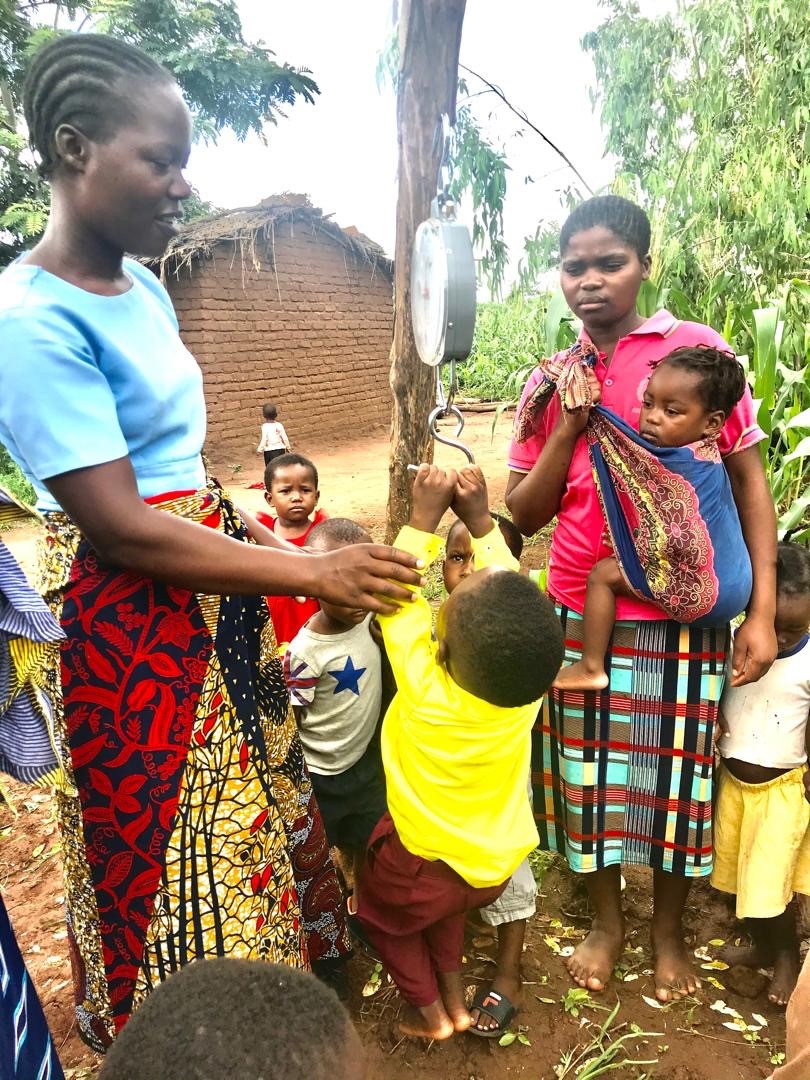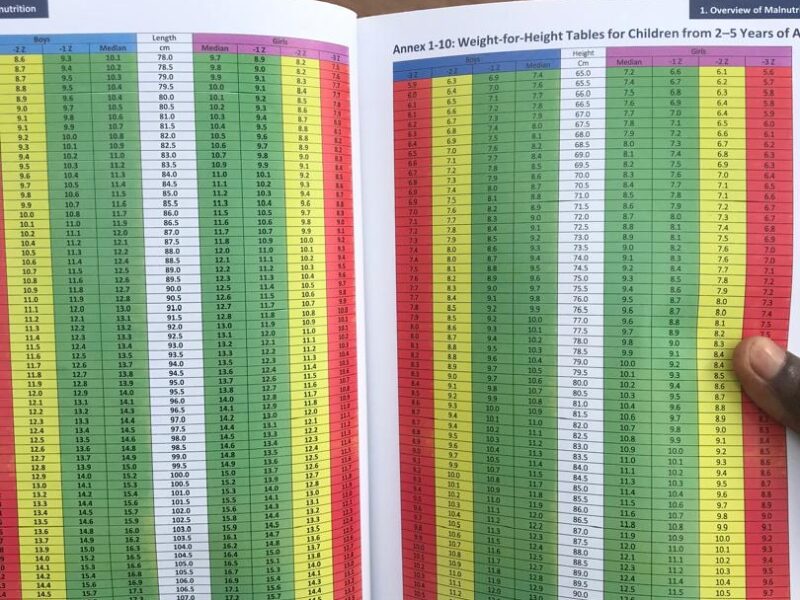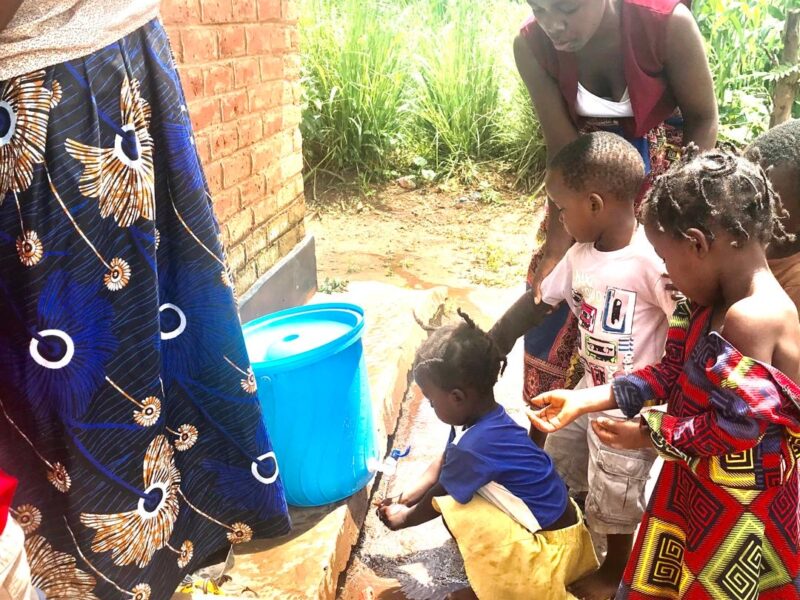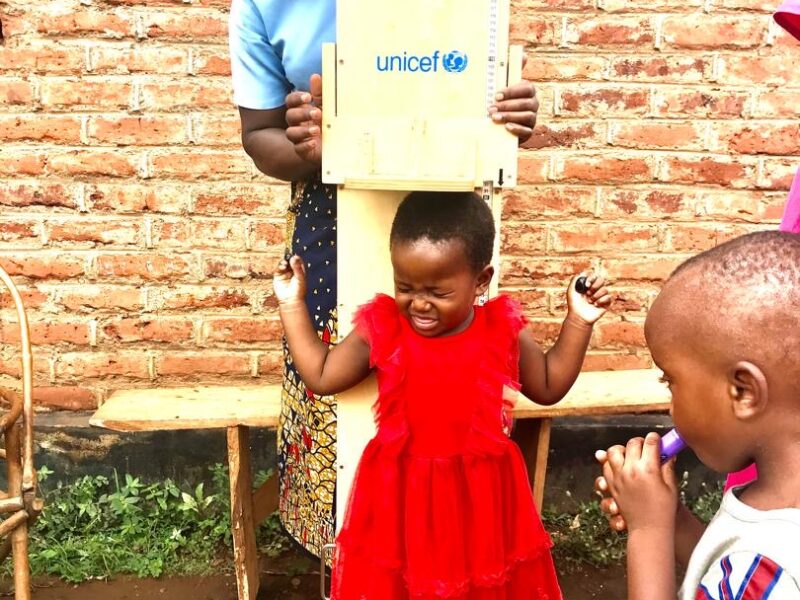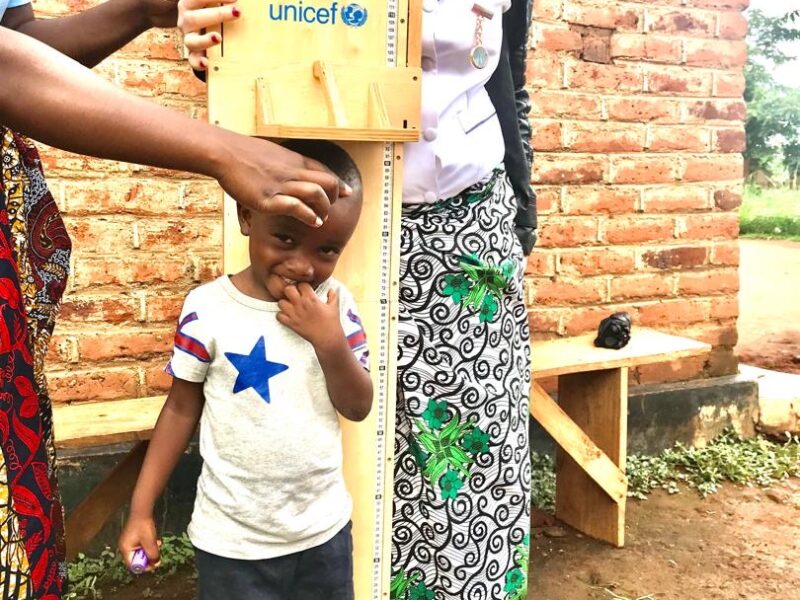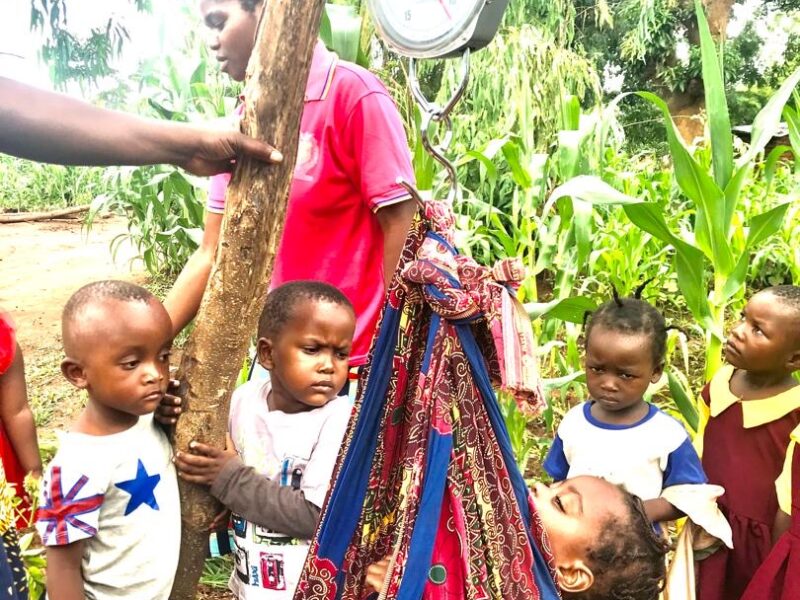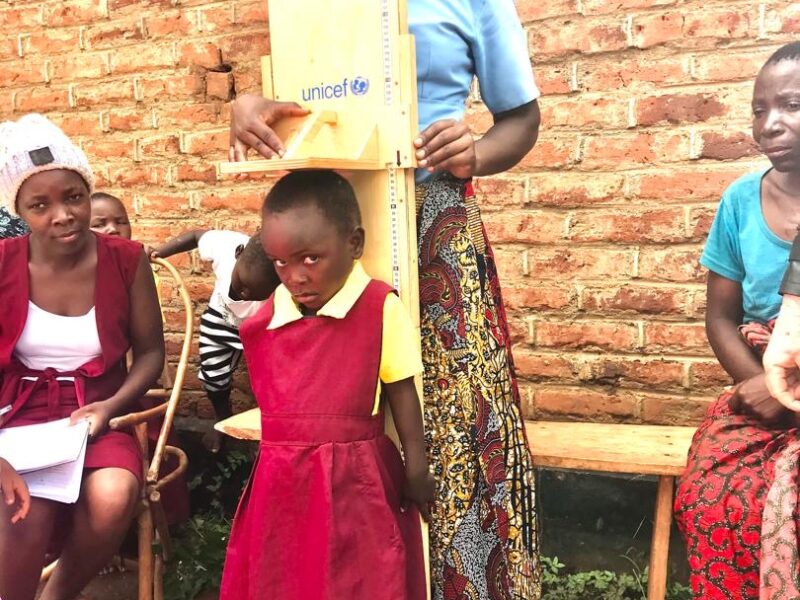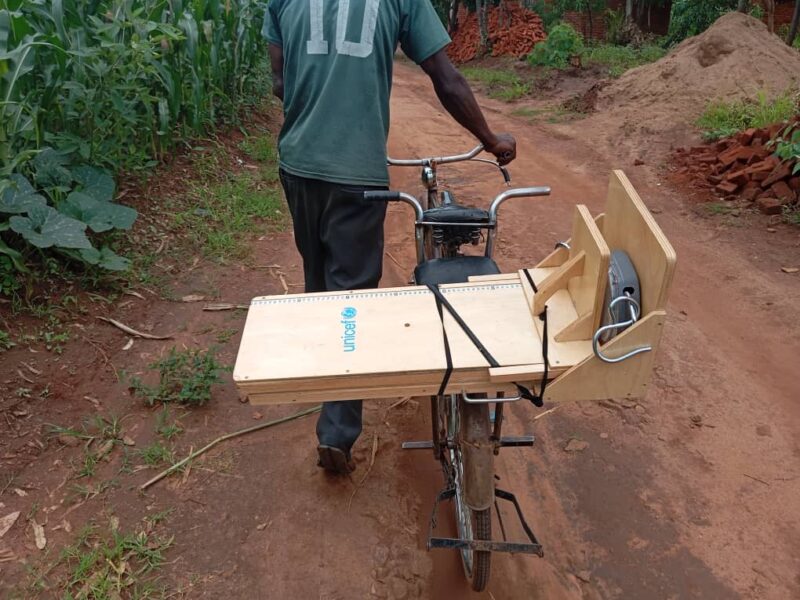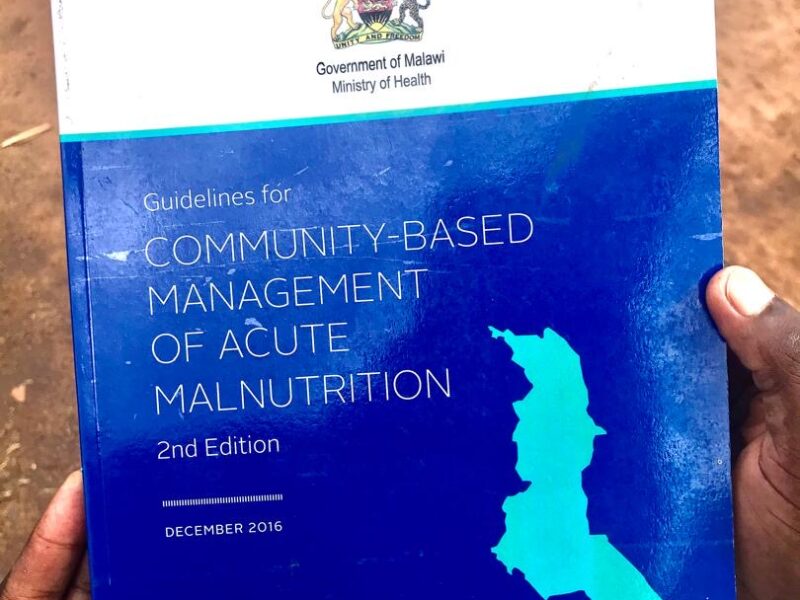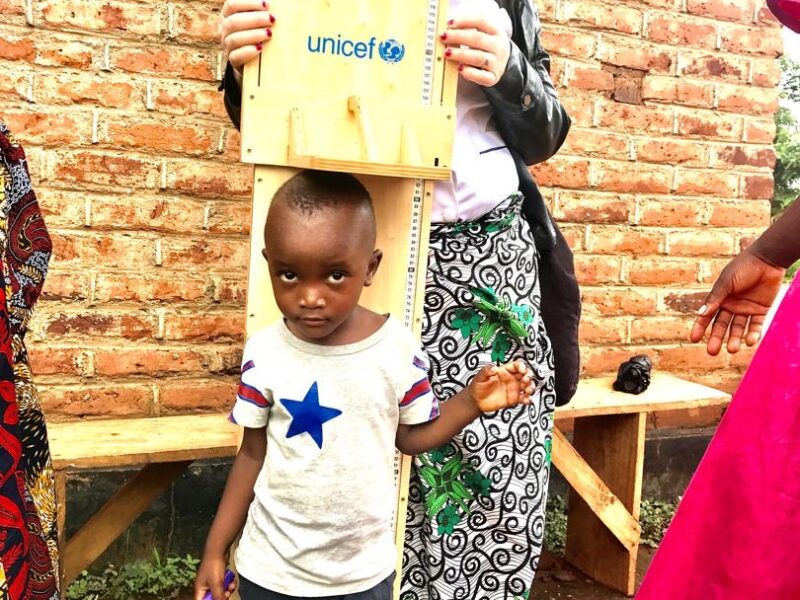Location: Tiyamike Community-Based Childcare Centre (CBCC), Mtima Village
Date: 4th February, 2025
Overview:
The Growth Monitoring Exercise was conducted at Tiyamike Community-Based Childcare Centre (CBCC) in Mtima Village on February 4, 2025, at 8:30 AM.
Aims & Objectives
- Identify growth faltering among children.
- Measure the impact of the nutrition/feeding program.
- Educate mothers on health and nutrition.
- Provide regular contact with primary health services.
Exercise Details
Facilitated by health personnel, social welfare staff, and UVGI members, the exercise involved three main activities:
- Mid-Upper Arm Circumference (MUAC) – Screening for malnutrition.
- Height Measurement – Monitoring growth progression.
- Weight Measurement – Assessing nutritional status.
Findings
- 95% (38 out of 40 children) were in good health, attributed to UVGI’s feeding program.
- 5% (2 children) showed signs of malnutrition – one with moderate acute malnutrition and another with severe acute malnutrition, who was referred to a health center.
- Recommendations: Increase groundnuts and soya in porridge, and if possible, provide peanut-based supplements (chiponde) and milk.


